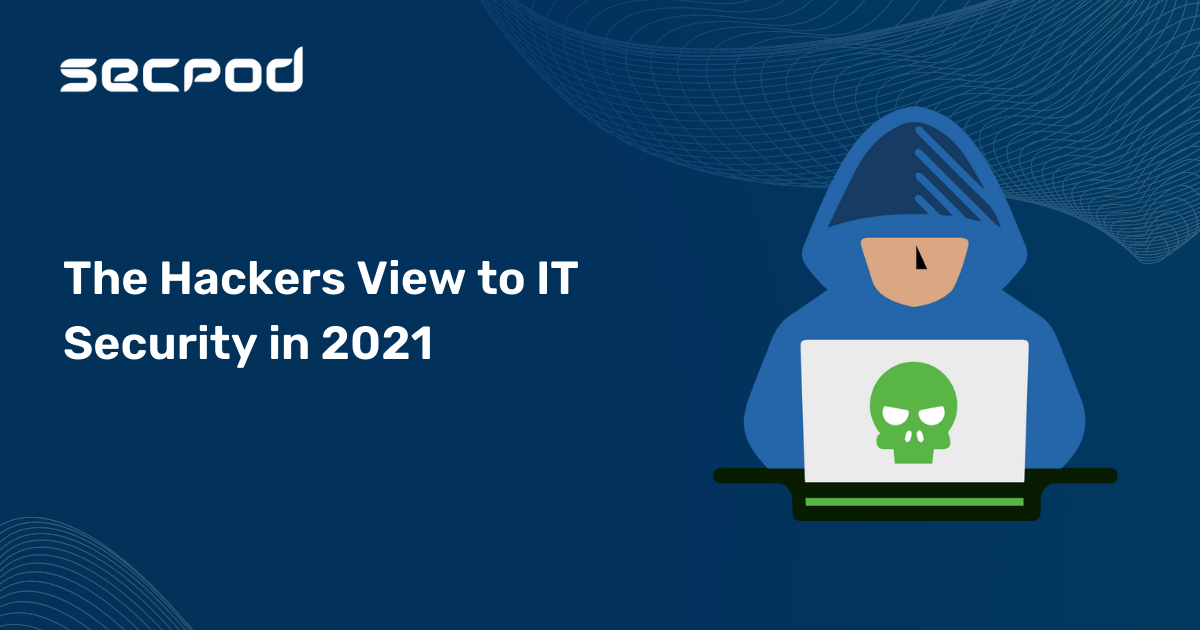“The nature of the hacker has been one of constant evolution and, to some extent, hackers have always been able to remain ahead of technology. In recent years, the advancement and uptake of cloud computing have eroded the traditional network perimeter, providing hackers with an ever-increasing number of access points to enterprise resources to exploit. The standard equipment used to secure the traditional network perimeter, such as gateways and firewalls, are no longer fit for purpose.” – James Plouffe, Strategic technologists at MobileIron.
As cybersecurity professionals, we must put ourselves in the mind of our opposition from time to time. The IT-Sec landscape is a dynamic space, with sinister security hacker finding new and imaginative ways, every hour, to breach enterprise defences and steal/hold crucial data for ransom. The pandemic forever changed the way enterprises work, with a large portion of the workforce transitioning to remote work and organizations forced to rapidly adapt their security measures to protect their data from attacks of increasing sophistication. 2020 historically marked the first time in history, a human death was reported indirectly due to a ransomware attack. A vulnerability management tool can remediate this vulnerability.
Hybrid environments add a new degree of challenges for businesses to ensure that their employees and systems are secure. As a result, organizational cybersecurity hygiene is taking center stage; consequently, firms across the globe are predicted to spend 12.4% more in 2021 on security and risk management. Also, a patch management solution can patch known vulnerabilities.
What enterprise vulnerabilities are cybersecurity hackers looking for in 2021?
Social engineering attacks
At the core of many cybersecurity attacks is the human factor; social engineering attacks exploit human behavioral traits for convincing people to make poor decisions. 85% of malicious actors capitalized on fear and urgency to persuade people to click on bad links or allow permissions to dangerous applications.
With most organizations moving their operations online and applications to the cloud, this trend expected to continue. BEC (Business email compromise) scams trick employees of an organization into thinking that an email sent from someone in their organization, which mainly contains a malicious link or .html file.
IoT devices exponentially increase the attack service.
Billions of devices connected to the internet with their array of sensors and potential vulnerabilities sound like a veritable playground from a hackers’ point of view. As per a report published by IoT analytics in 2020, it is estimated that there will be 30 billion IoT devices globally, far outnumbering non-IoT devices.
Businesses also are already exploring the potential of IoT for improving the efficiency of their supply chain. IoT devices help organizations collect and process data faster and more effectively than before. However, on the other side of the coin, every device may have a wide array of potentially dangerous security flaws. Computer hackers can gain access to any device within a network, gain access to information flow, and initiate a hostile takeover.
Deepfakes are going to be a game-changer.
Initially, deepfakes developed as a great new application of AI, and we’ve all seen the videos of celebrity faces imposed on top of another impersonator to make it look like they said or did something. Sometimes people who share these videos are unaware that they are sharing a deepfake video, only realizing later.
While the examples we find on the web are hilarious and often done strictly for entertainment purposes. With great power comes great potential for misuse. Impersonation attacks and deepfake phishing are on the rise as hackers use applications. Some of which are available commercially, to generate voices of CEOs, CFOs, and other higher-level executives to trick employees into divulging critical information or authorizing a transfer of money. There are already examples from 2 years ago where scamsters got away with $243,000 using AI-generated audio. Experts predict increasingly sophisticated attacks as the technology improves over time.
The exploitation of remote vulnerabilities
There are several reasons employees who are working from home are particularly attractive to hackers. Usually with remote systems, the networks typically do not have enterprise-grade security and have direct connections to internal communication networks. This creates a perfect backdrop for hackers to execute their attacks.
With many enterprises switching to BYOD (bring your own device) to save costs, organizations have lesser control over their devices. 61% of malicious payloads were deployed in 2020 via cloud infrastructure. Furthermore, collaboration and communication tools like Zoom or Google Suite are also frequent targets. For hackers to try and hijack, as they provide direct access to internal meetings and data.
Vulnerabilities of legitimate sysadmin tools
Hackers already have a long history of using off-the-shelf tools. Designed to help system administrators and network engineers do their jobs. With systems getting more complicated and interconnected. Hackers use applications already installed at vulnerable endpoints to sneak in through defences. And quietly run scripts in the background to mine for sensitive data.
These attacks, commonly known as “living off the land attacks,” are masked within genuine administrative requests, making them difficult to detect and block.
Hackers and bad actors are perpetually looking for weaknesses, backdoor, and spear-phishing opportunities. One of the most fundamental approaches to counter moves made by them is the spread of information. Train employees to understand what is at stake and all the different ways. They can be the most vital link in the chain. Technically strong countermeasures include continuous maintenance of basic cyber hygiene. Ensuring that penetration testing and vulnerabilities testing occur periodically on internet-facing systems.

